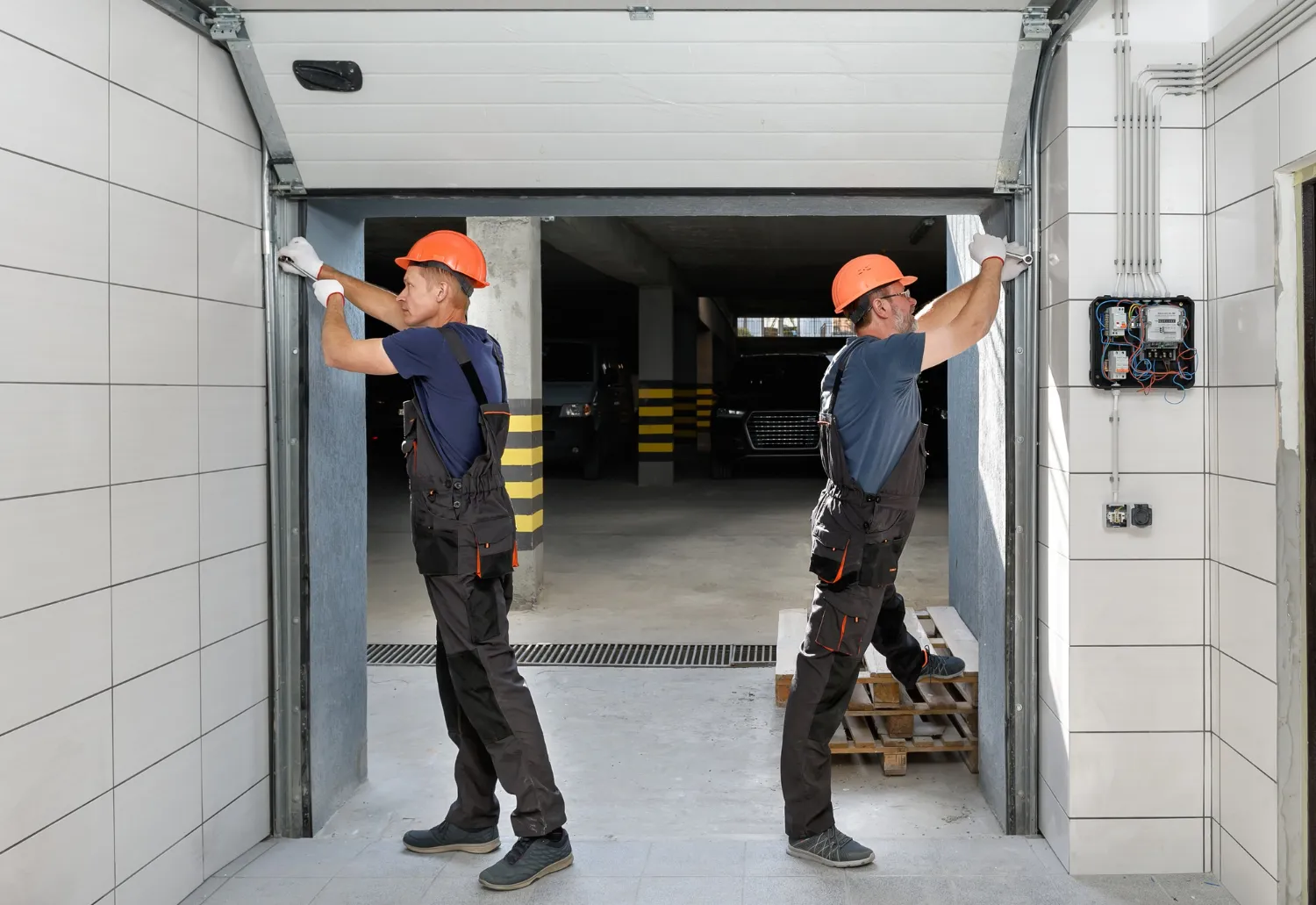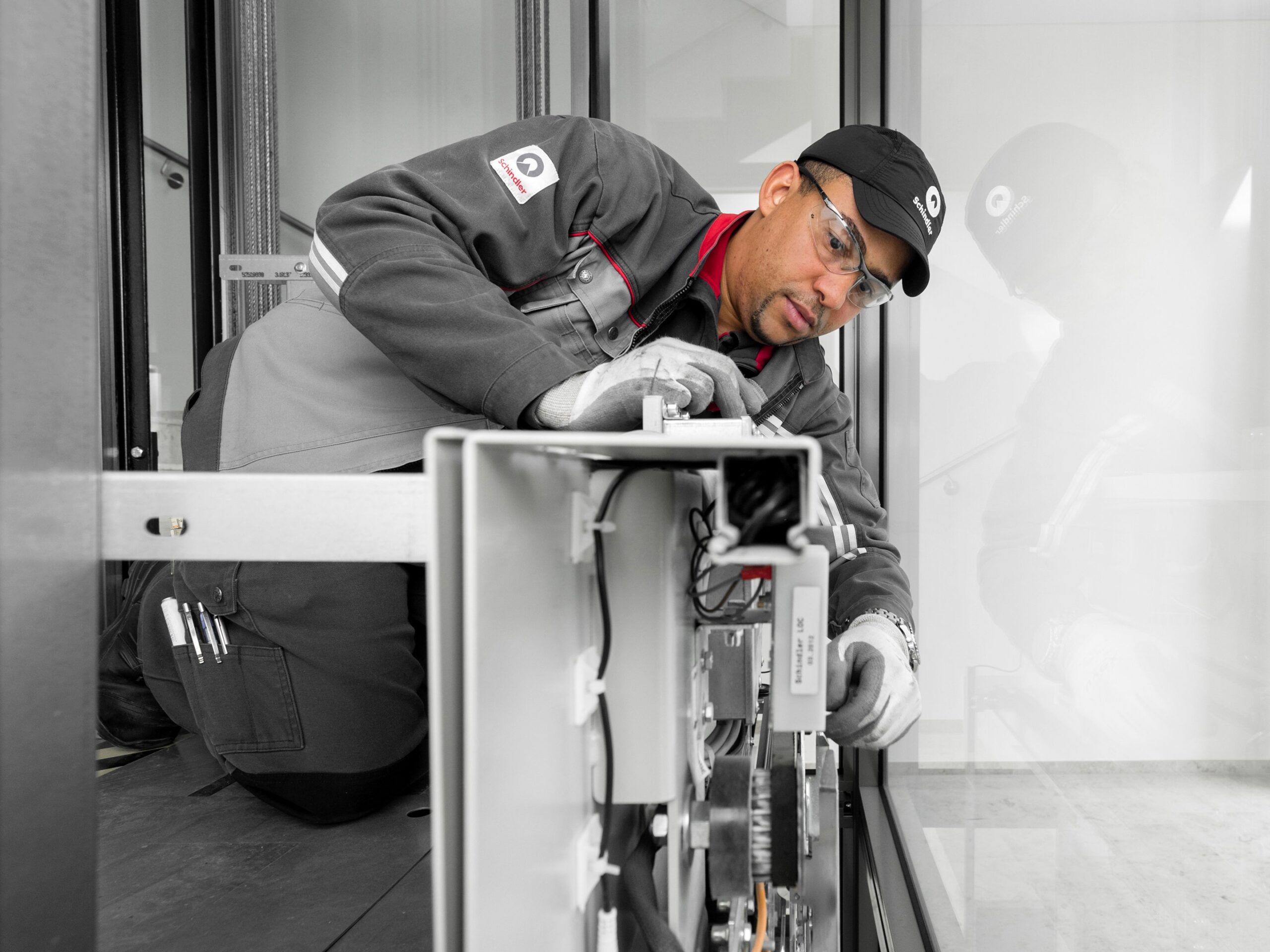Think about an elevator that can tell a repair person exactly what’s wrong before they get there. Thanks to smart monitors and sharing data in real time, this is no longer science fiction; it’s happening right now. IoT Integration for the Elevator Industry is at the center of this change. It combines smart technology with operational processes to change the way repair teams work. This change isn’t just for your ease; it’s also for your safety, to save money, and to keep people moving without stopping them.
How Connected Elevators Talk to Each Other
- Sensors are being added to modern elevators to collect data on their performance all the time. This data is sent to cloud-based systems so that it can be looked at right away.
- Sensors pick up on strange noises, changes in temperature, or response times that are too slow.
- Systems send instant alerts to experts, sometimes even before users notice a problem.
- Recording data in logs helps us guess what elevators will be needed in the future.
Pros for Running Service Businesses
- When IoT is combined with service teams, they can do their jobs better and more efficiently.
- Less downtime: problems are found quickly, which cuts down on service delays.
- Targeted repairs: When technicians get there, they know exactly what’s wrong.
- Better safety: real-time tracking cuts down on breakdowns that happen out of the blue.
- Better planning: Maintenance can be planned around how often something is used.
Uses in the Real World

- Businesses are using these interconnected systems to make customers happier and cut costs.
- With remote diagnostics, problems can be quickly fixed without having to go to the spot.
- Costly emergency calls can be avoided with predictive upkeep.
- Upgrades and replacements of tools are based on historical analytics.
Problems and Things to Think About
- The tech is strong, but it does have some problems.
- Cybersecurity risks: Data needs to be kept safe from possible leaks.
- Service teams need to learn how to use new systems and tools.
- Integration costs: Getting old systems up to date can cost a lot of money.
In the future, monitoring will be completely self-driving, with AI not only predicting problems but also setting up service calls on its own. There will be even more efficiency gains, cost savings, and user satisfaction from IoT Integration for the Elevator Industry as systems get better.
Smart elevators that are tied to the internet are changing how service works. Maintenance is faster, safer, and more reliable when data-driven insights are combined with skilled human reaction. The business is now better ready to meet the needs of buildings of the future.


